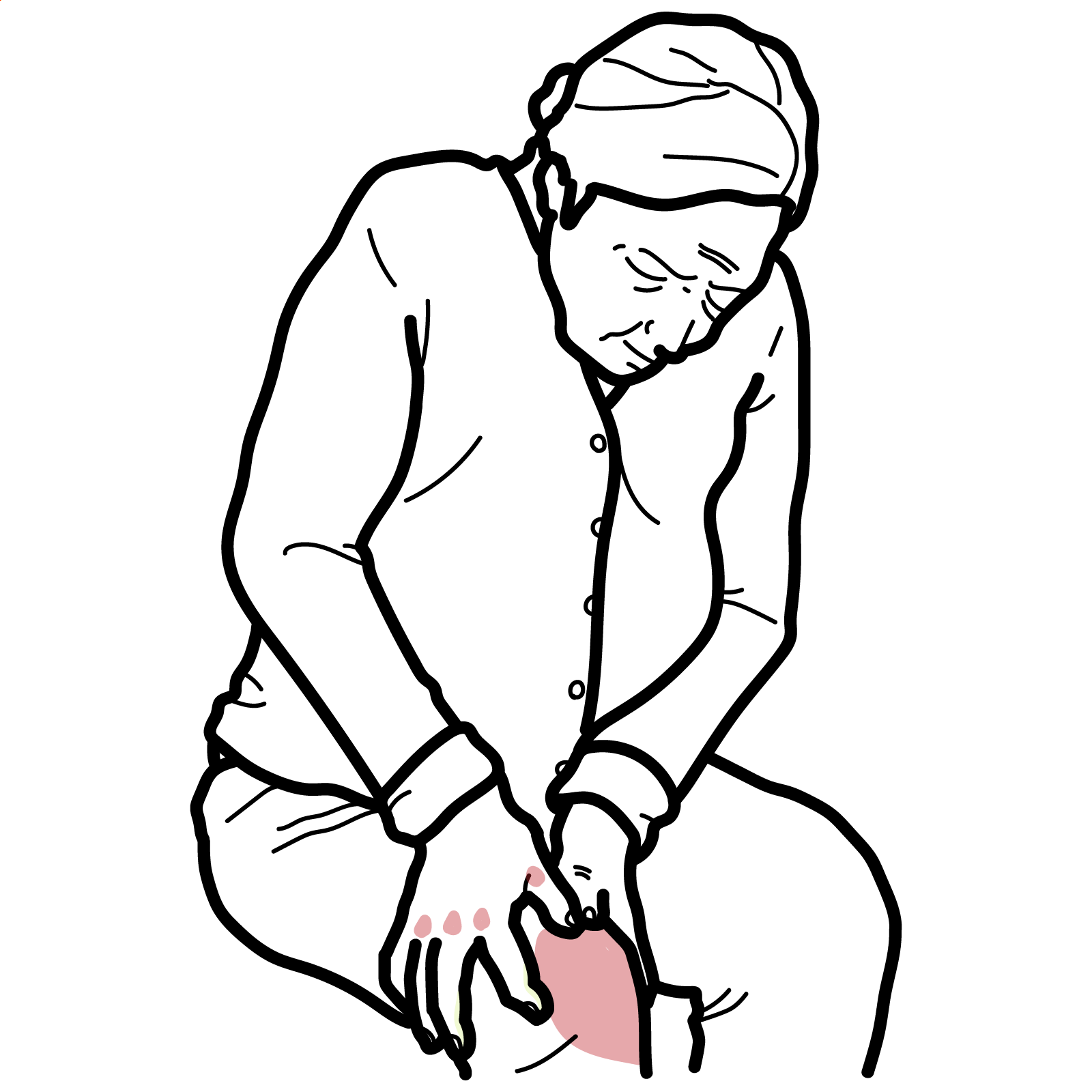Undifferentiated Connective Tissue Disease (UCTD)


UCTD is a systemic autoimmune disease with features of connective tissue disease (CTD), but does not fulfill classification criteria for any specific CTD such as SLE, Sjögren’s syndrome, systemic sclerosis, or polymyositis. It is a diagnosis of exclusion used for patients with persistent autoimmune features who do not evolve into a defined CTD. Commonly affects women of childbearing age. Estimated prevalence ranges from 20% to 30% of all CTD presentations in early stages.
UCTD: Autoimmune disease with clinical signs and autoantibodies suggestive of CTD, but not meeting criteria for any defined CTD.
Connective Tissue Disease (CTD): A group of autoimmune diseases affecting connective tissues such as skin, joints, and blood vessels.
Aetiology
Risk Factors:
UCTD is an “umbrella” phase with immune activity but insufficient criteria to label as a specific autoimmune disease.
| Symptom/Sign | Notes |
| Arthralgia/arthritis | Non-erosive, migratory |
| Raynaud’s phenomenon | Common early feature |
| Sicca symptoms | Dry eyes/mouth |
| Photosensitivity | Mild or intermittent |
| Fatigue, malaise | Common systemic symptom |
| Rash | Often nonspecific, may resemble lupus rash |
| Myalgia | Rare but possible |
Raynaud’s + ANA positivity = high suspicion for UCTD.
Diagnostic Criteria (proposed, not universally accepted)
Investigations
Differential Diagnoses
| Condition | Differentiating Feature |
| SLE | dsDNA, Sm antibodies, renal/CNS involvement |
| Sjögren’s | More severe sicca, anti-Ro/La |
| Scleroderma | Scl 70 or Anti-centromere antibodies Sclerodactyly, nailfold changes |
| Viral arthritis | Resolves over weeks, no persistent ANA |
Not a disease with formal subtypes, but can be categorized by trajectory:
Regular monitoring is essential to detect evolving disease.
General Principles
| Symptom | Treatment |
| Arthralgia | Hydroxychloroquine, NSAIDs |
| Raynaud’s | Nifedipine, avoid cold |
| Fatigue | Lifestyle, reassurance, treat anemia |
| Sicca | Artificial tears/saliva substitutes |
| Rash | Topical steroids, hydroxychloroquine |
Second-line agents: Methotrexate, azathioprine if features become more systemic.
Hydroxychloroquine is disease-modifying and well-tolerated—first-line for UCTD with joint or skin involvement.
Complications
Prognosis

Please confirm you want to block this member.
You will no longer be able to:
Please allow a few minutes for this process to complete.
Discussion